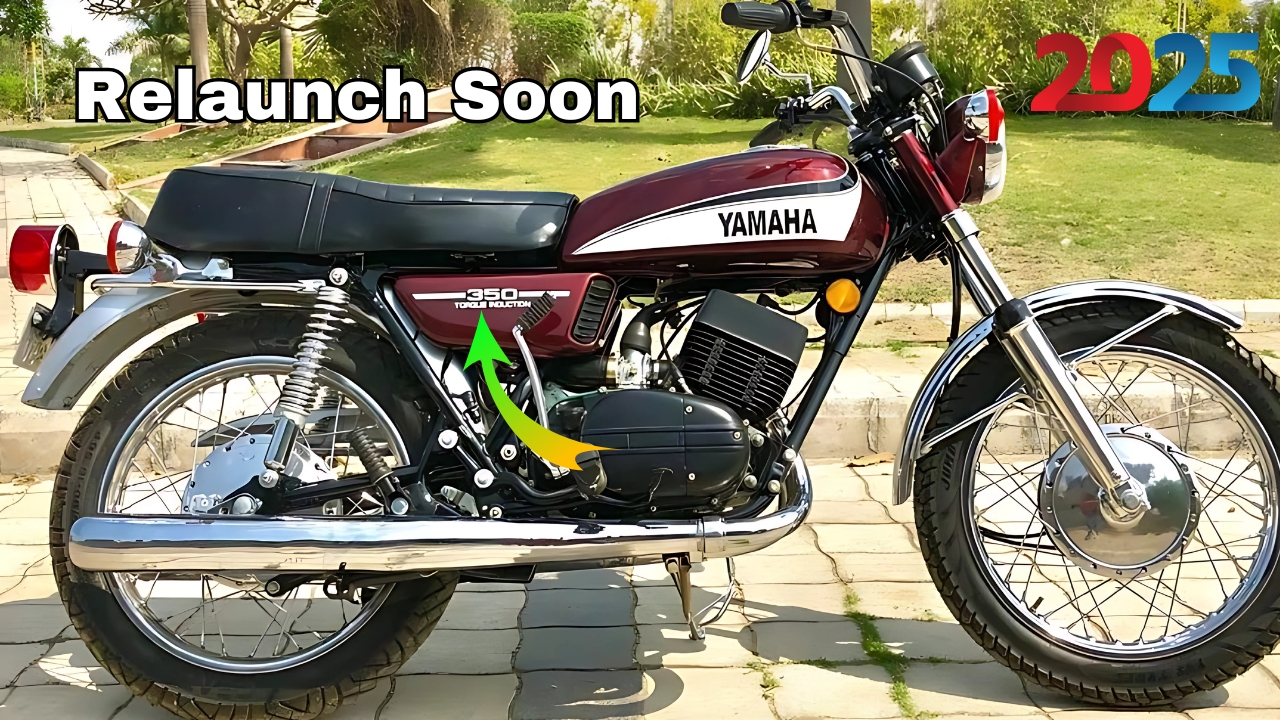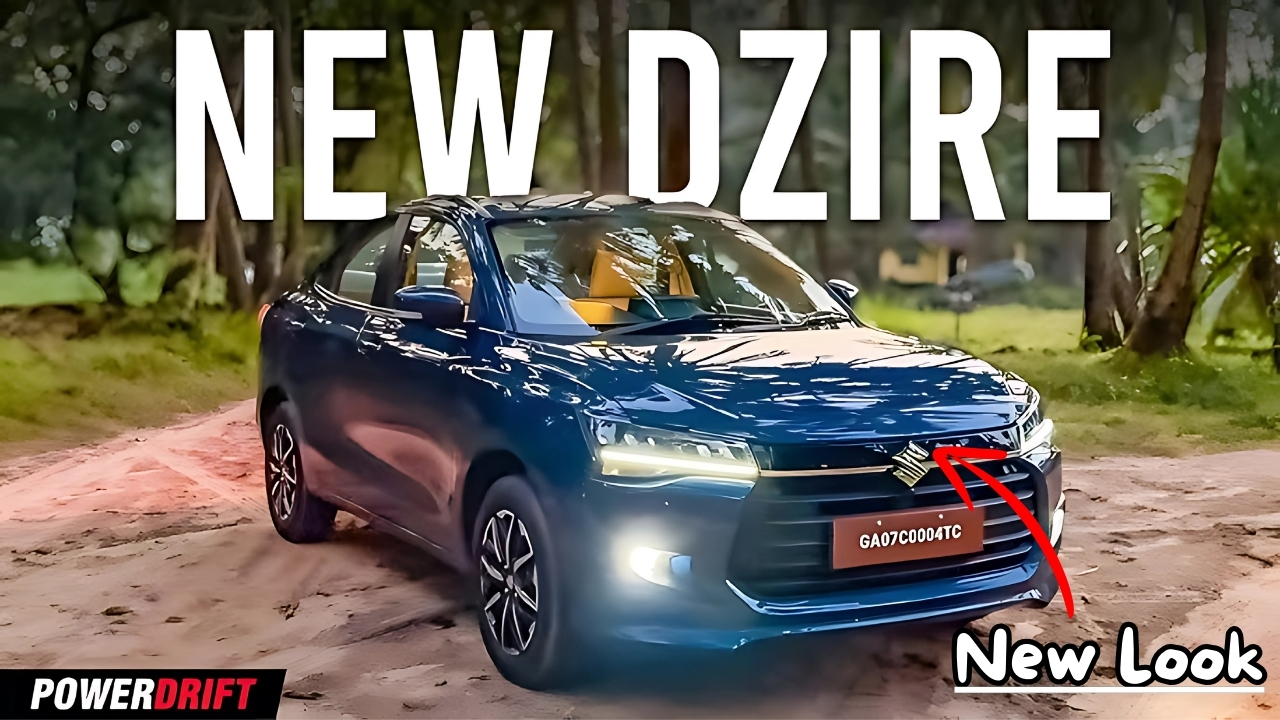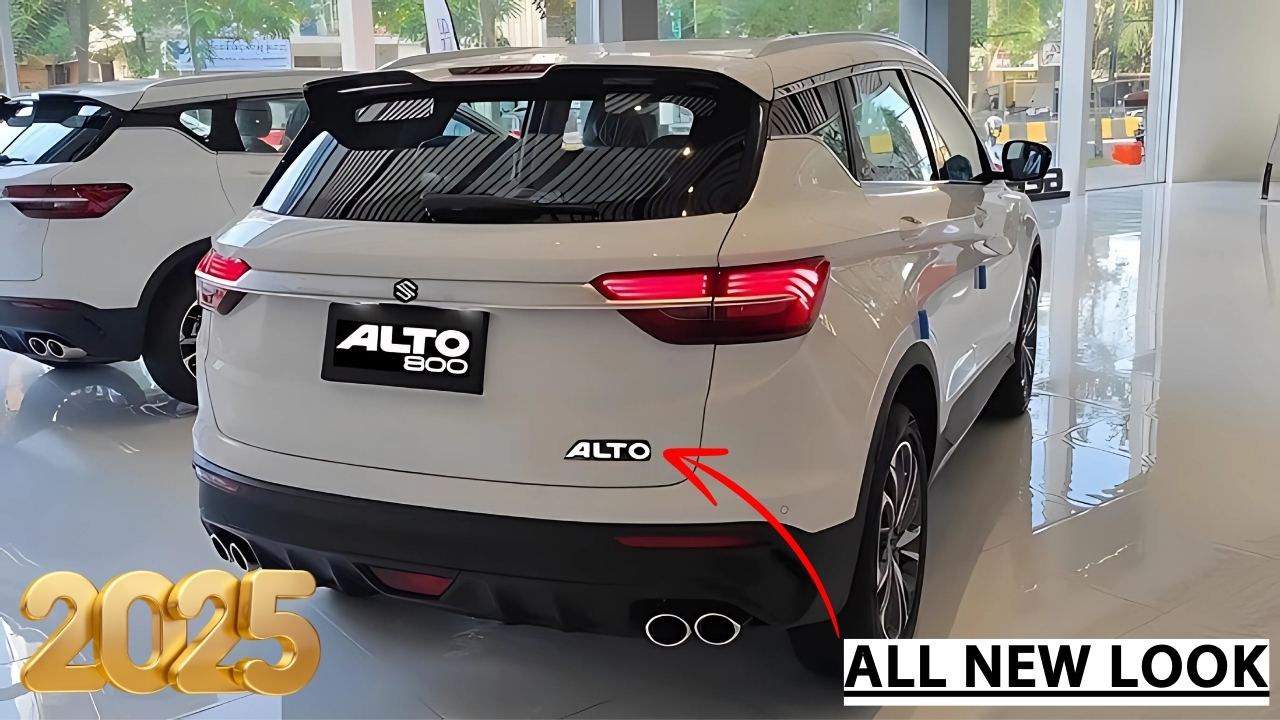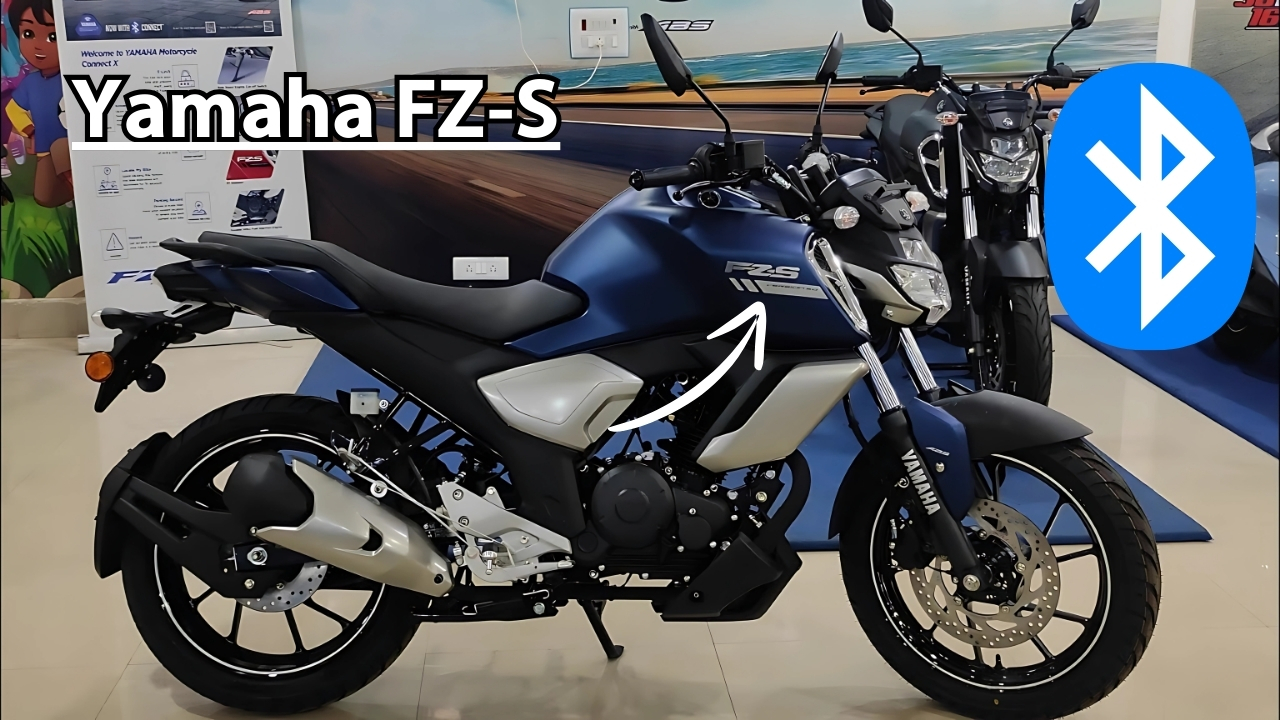Rajdoot 350: The ever-changing world of Indian motorcycling is buzzing with whispers of nostalgia and excitement. The legendary Rajdoot 350, a motorcycle that once captured the hearts of many, is rumored to be making a grand comeback.
These rumors have sparked the imagination of seasoned riders who fondly recall the bike’s golden days, as well as eager young riders who grew up listening to stories about this iconic machine.
But, is there any truth to these speculations, or are they just wishful thinking from a community yearning for the revival of a classic? Let’s explore the Rajdoot 350’s history and assess its potential return in today’s modern motorcycling scene.
The Rajdoot 350, often referred to as the RD 350, was not merely a motorcycle; it embodied an era in Indian motorcycling.
Launched in the 1980s—a time dominated by simple commuter bikes—this powerhouse was a licensed adaptation of the Yamaha RD350B, expertly modified for the Indian market.
The Escorts Group, under the Rajdoot label, introduced this Japanese marvel to Indian riders, quickly elevating it from basic transportation to a coveted dream machine for speed lovers.
Equipped with a 347cc, two-stroke, air-cooled parallel-twin engine, the Rajdoot 350 stood out as a remarkable beast in its time.
The bike came in two distinct versions: the High Torque (HT) variant, generating a powerful 30.5 bhp for those craving speed, and the Low Torque (LT) version, offering 27 bhp but providing better fuel efficiency for practical riders.
These power figures were revolutionary for the Indian market, where most motorcycles struggled to produce even half of that power.
The bike’s acceleration, handling, and overall performance set benchmarks that remain legendary to this day.
Rajdoot 350: The End of an Era
Despite its cult status and unparalleled performance, the Rajdoot 350’s existence in the Indian market was brief.
Production ceased in 1990, with the last units being sold in 1991. Several complex factors contributed to this premature end:
-
High fuel consumption in a cost-sensitive market: The bike’s thirst for fuel made it harder to justify its place in a market increasingly focused on efficiency.
-
Expensive spare parts and maintenance: The advanced engineering required specialized components, which were costly to import and maintain.
-
Shortage of skilled mechanics: The two-stroke parallel-twin engine demanded expertise that was scarce in smaller towns and cities.
-
Strict emission regulations: The introduction of stricter environmental standards made compliance for two-stroke engines increasingly difficult.
The end of the Rajdoot 350 left a gap in the Indian motorcycle market that many argue has yet to be filled, despite the arrival of numerous high-performance models in subsequent years.
The unique mix of power, the distinct two-stroke experience, and reasonable pricing established a legacy that still sparks heated discussions among motorcycle aficionados.
Rajdoot 350: Rumors of a Revival
Fast forward to 2025, and the internet buzzes with rumors about the Rajdoot 350 making a comeback. Various “news” sources and social media platforms are sharing images purportedly showcasing a new Rajdoot 350, alongside specifications that seem almost unbelievable.
Content creators are claiming a mileage of 80 kmpl and a launch price of just ₹1 lakh, igniting excitement and speculation within the motorcycle community.
This frenzy of anticipation has enthusiasts keenly awaiting credible confirmation.
However, it’s essential to view these rumors with skepticism. Here’s what to consider:
Many claims about the rumored new model stretch the limits of both economic and engineering logic, especially given the current market conditions and technological hurdles. The prospect of high performance combined with exceptional fuel efficiency at such a low price raises questions about the truth behind these rumors.
-
Ownership Issues: The Escorts Group, who originally produced the Rajdoot 350, halted its motorcycle manufacturing in 2001, refocusing on tractors and auto parts. Re-entering the two-wheeler segment would require a massive investment and the rebuilding of historical expertise, making this return unlikely in today’s climate.
-
Brand Legacy: Unlike other recent revivals like Jawa and Yezdi, which maintained their cultural relevance, the Rajdoot brand lacks a deep-rooted connection with younger generations. Its limited recall may deter potential investors, affecting the viability of such a venture.
-
Technological Challenges: Bringing back a two-stroke engine in today’s environmentally focused market has countless obstacles. Modern emission laws, particularly BS6, make it nearly impossible to resurrect the original two-stroke technology without significant investment in R&D. Creating an innovative engine that melds traditional performance with current standards presents a formidable challenge.
-
Market Positioning: The anticipated price of ₹1 lakh for a 350cc motorcycle in today’s market seems unrealistic. Current models from established brands typically range from ₹2-3 lakhs, considering the advanced safety features and compliance with regulations. The proposed price ignores rising manufacturing costs and essential advancements necessary for a heritage brand revival.
Rajdoot 350: The Reality Check
The current buzz around the Rajdoot 350’s potential return demands careful examination. Recent investigations have shown that the widely shared images are actually photos of a generic Chinese cruiser, digitally manipulated to sport “Rajdoot” branding.
This revelation underscores how nostalgia can fuel unfounded speculation in the motorcycle community.
Moreover, the absence of official announcements from any legitimate motorcycle manufacturer regarding the revival of the Rajdoot brand or the RD 350 model reinforces the fictional nature of these rumors.
Rajdoot 350: The Nostalgia Factor
While there’s no solid proof of a revival, the overwhelming excitement sparked by the rumors shows how deeply the Rajdoot 350 has impacted Indian motorcycle aficionados.
The recent Auto Expo 2025 highlighted this notion when Yamaha Motor India showcased the original RD 350 alongside notable models, including the legendary RX 100, drawing massive crowds.
This showcase commemorated 40 years of Yamaha in India and became one of the expo’s highlights.
Moreover, this exhibition did more than display vintage bikes; it tied together visitors of all ages, creating an emotional connection.
Older fans reminisced, whereas younger viewers gained firsthand exposure to this significant chapter in Indian motorcycling.
This display successfully combined Yamaha’s rich history with its forward-looking vision for the Indian market, illustrating how heritage can enhance brand value even today.
Rajdoot 350: The Current 350cc Landscape
Though the return of the Rajdoot 350 seems unlikely, the 350cc segment in India is thriving. Brands like Royal Enfield continue to lead with their Classic and Meteor models, while newer players like Honda’s H’ness CB350 and Harley-Davidson’s X440 introduce fresh innovations to this category.
These modern motorcycles blend retro charm with the latest technology, catering to riders who appreciate nostalgia alongside contemporary reliability.
Rajdoot 350: Looking to the Future
The motorcycle industry finds itself at a pivotal moment, increasingly focusing on electric mobility and sustainable solutions.
While a revival of the Rajdoot 350 in its original two-stroke format seems implausible, the idea of a spiritual successor can’t be entirely ignored.
This successor might emerge as an electric motorcycle that captures the essence of the original’s performance while adhering to modern environmental protocols.
Envision a contemporary Rajdoot 350—an electric motorcycle honoring the original’s performance legacy, while steering towards a more sustainable future. This creative approach could rekindle the spirit and enthusiasm the Rajdoot 350 once inspired among riders, showcasing a new, eco-friendly direction for performance motorcycling.
Rajdoot 350: Conclusion
The legacy of the Rajdoot 350 continues to enchant motorcycle enthusiasts of all ages, its influence resonating far beyond its production years.
Even if its rumored comeback leans more towards fiction than fact, the very existence of these conversations and their wide circulation across social media speaks to the motorcycle’s iconic status in Indian automotive history.
These passionate discussions—often animated among younger riders unfamiliar with the original—exemplify the lasting cultural significance of the Rajdoot.
For now, the Rajdoot 350 endures as a cherished memory, emblematic of an era when raw power and simplicity ruled the roads. Its famous two-stroke engine sound, the exhilarating acceleration, and its unique design are forever etched in the legacy of motorcycle tales shared among enthusiasts.
These stories, passed down through generations, have transformed the motorcycle from a mere machine into a mythic figure. As we look ahead to the future of Indian motorcycling, we can only hope the innovation and excitement the Rajdoot 350 embodied will inspire both manufacturers and riders, pushing them to redefine the possibilities of two-wheeled transportation.
Whether or not a new Rajdoot 350 graces Indian roads again, its legend lives on in the hearts of those who felt its thrill and in the minds of those who dream of the possibilities.
The motorcycle’s influence is reflected in the growing community of vintage bike enthusiasts who tirelessly restore existing models, the high prices these collectibles fetch at auctions, and the reverence shown at classic motorcycle exhibitions.
Every preserved or restored Rajdoot 350 stands as a museum piece, a testament to the golden age of Indian motorcycling.
Ultimately, perhaps this lasting legacy—the ability to ignite passion years after production ceased—is the true testament to the Rajdoot 350’s impact on the culture of Indian motorcycling.
It serves as a reminder that great motorcycles don’t truly fade away; they transition from mechanical machines into cultural icons that continue to inspire and resonate with future generations.






